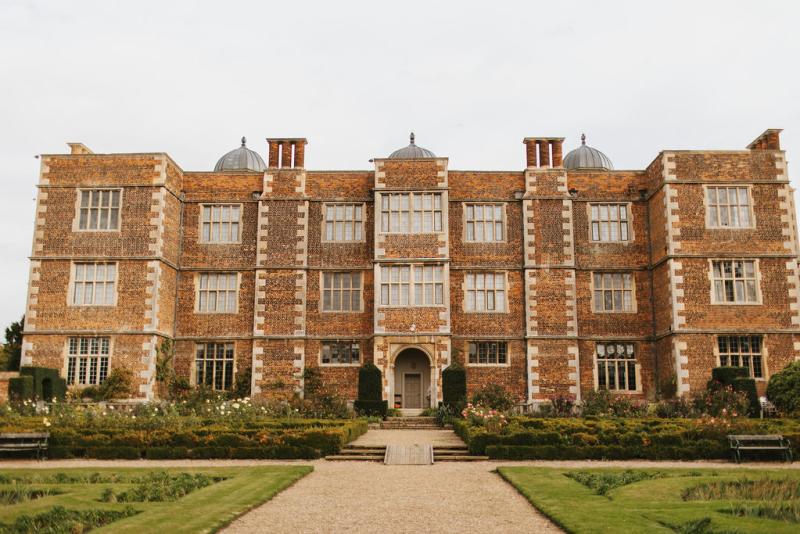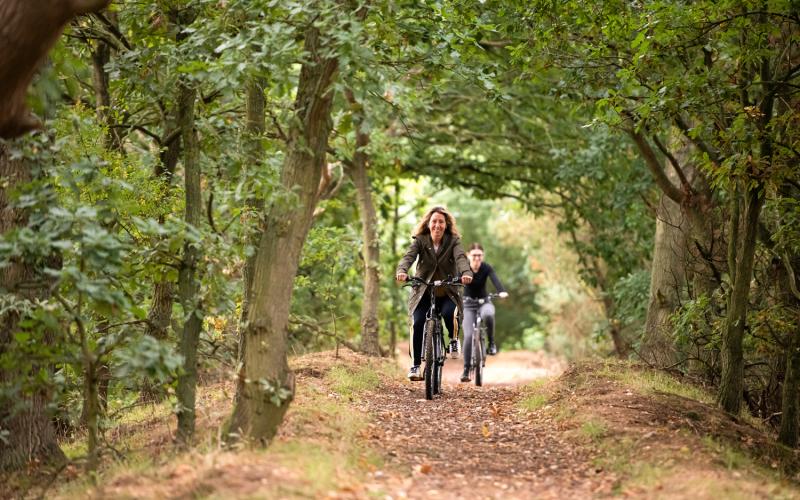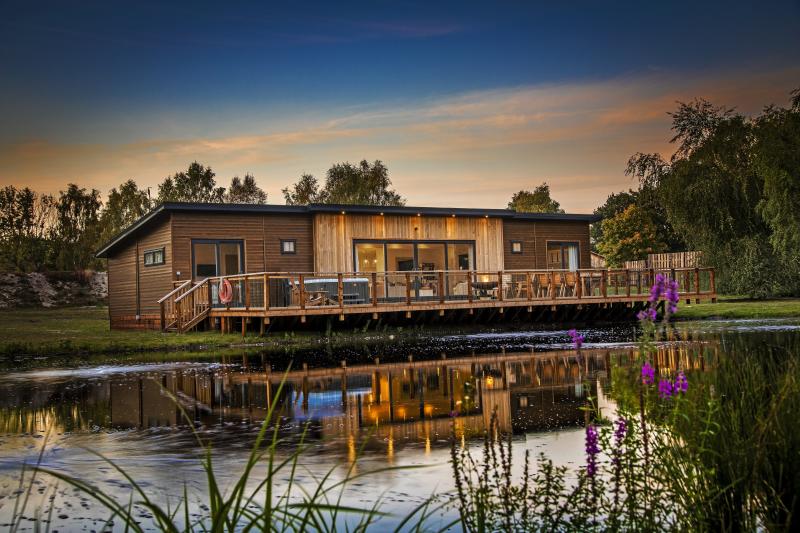Returning our landscapes to their natural state... really sounds like something we shouldn’t have to be doing, doesn’t it? A landscape is by definition a natural thing.
But decades of commercial farming, over-mowing and a less than responsible approach to protecting our habitats have led us unknowingly down a path that has devastated our native landscapes and species.
As it stands...
- Woodland cover in the UK stands at 13%. That’s it. The European average is 37%. Across our landscapes, natural tree habitats should be abundant. Currently, most plantations are either exotic conifer or broadleaf – both of which support less wildlife than natural woodlands and forests and remove less carbon from our environment. European forests as they are known, now hold 3.1 billion tonnes less than they did in 1750.
- 56% of our species are in decline and 15% are threatened with extinction, according to the 2019 State of Nature report.
- Since the Second World War, we have lost 97% of our wildflower meadows in the UK.
- Over 200,000 miles of hedgerows have been destroyed in the UK since the Second World War too.
Our landscapes should be a patchwork of what Rewilding Britain refers to as a mosaic – with woodland and forests interspersed with meadows, wetlands, bogs, and other habitats covering the countryside.
“Trees give us fresh air, food, and shelter. Dead and alive, they’re a home and food source for an unimaginable range of plants, animals, and insects. They help protect against flooding, enrich soils and improve river health. They give us medicine, oils, syrups, and even wine. Trees are among our greatest allies, working with each other, and alongside fungi, plants, insects, birds, and animals, to form part of the life force that keeps us alive”
Rewilding Britain.
It is this mosaic that will help reduce the effects of climate change, absorbing vast amounts of carbon all the while supporting a wild array of wildlife, including people. And that’s where rewilding comes in.
Like so many aspects of the visitor economy, rewilding is focused on leaving behind a positive legacy for the generations that follow ours. A legacy with longevity means long-term benefits as well as quick wins.
Expanding natural woodlands, encouraging further biodiversity, introducing more species, and connecting them up is a vital part of the rewilding agenda taking place across Britain.
When we talk about the rewilding and regeneration of our woodlands, and our wider landscapes, it is the protection and natural regeneration of these mosaics that we’re talking about.
Rewilding at any size or scale is a journey and a positive step in the right direction. And thankfully, countless visitor economy businesses across Lincolnshire have begun their rewilding journey. When it comes to the visitor economy, rewilding is far from a gimmick to encourage more visitors into our county, it is vital to sustaining our future.
With businesses demonstrating exemplary approaches to championing sustainability, we collectively show our dedication to improving the experience of visitors and residents alike. For those living in Lincolnshire, as the world races towards net zero, a huge sense of pride in place will be generated by the knowledge that we are all doing our part to support the regeneration of our landscapes, protecting, and preserving them for future generations to enjoy.
Across Greater Lincolnshire businesses big and small are doing their part to return our landscapes to their former glory. We caught up with two to see how they are navigating the road to rewilding...

Doddington Hall
At a glance
Size | 720-hectares
When | Started in 2021
What | Mixed woodland, wood pasture, wetlands, grassland, and meadow
Rewilding actions | Extensive grazing, habitat restoration, replanting, natural regeneration
About | Rewilding is unfolding at Doddington Hall & Garden. With a mosaic of habitats onsite, the land that has historically been used for arable farming is being returned to nature, allowing for an expansion of species. Arable farming at this well-visited attraction has been phased out over a three-year period, so Doddington is now in a prime position to increase awareness and educate the 250k visitors it receives every year.
Working with the Greater Lincolnshire Nature Partnership, Doddington is furthering its reach by linking up with other wildlife sites and green spaces over an area of more than 20,000 hectares between Lincoln and Newark along the upper Witham Valley for a large-scale approach to rewilding. This strategy will include wildlife corridors, sustainable farming areas, creating new wildlife areas, and also linking people to the landscape through new cycle and walking routes and better public transport.

Bainland Lodge Retreats
At a glance
Size | 45-acres
When | Started in 2020
What | Wildflower meadows, heathland, grassland, lakes, and woodland
Rewilding actions | Habitat restoration and management, reforestation, no-mow policy, natural regeneration, wildflower planting, gabion walling,
About | Part of an ancient Lowland Heath system, Bainland Lodge Retreats is situated on a very specific habitat, part of a once extensive heathland, the sands and gravels were laid down at the end of the Devensian Ice Age around 33,000 years ago as part of a delta system. Redeveloping the outside space at Bainland began from the outside in. Gabions are used around the site as a wildlife-friendly alternative to fences and walls that act as a haven for countless species. Reintroducing wildflowers was also high on the agenda, with a relaxed attitude to mowing seeing a re-emergence of wildflowers over the last two years. As well as the no-mow areas, a site-specific wildflower seed mix is in the works to cover the various bunds around the site. Plans are ongoing with future projects planned to include siting several hives around the site so bees can take advantage of the wildflower meadows being created. Apprentices have been introduced to the team also, working with the nearby Riseholme College to inspire the next generation.
“Our aim is to be a human recharging point for people. If we can educate and display good gardening practice and knowledge and people engage, we will then surpass our goal. If by doing this we increase fauna and flora within the grounds, well that must be the icing on the cake”

Rewilding Britain | A rewilding approach
We recommend a three-step approach where natural regeneration is the default, with tree planting as a support option where needed.
1. Let nature lead - Allow natural regeneration as a default approach unless trees and shrubs are unable to establish or would take too long to arrive — for example, due to distant seed sources, impenetrable sward, or overgrazing.
2. Give nature a hand - Kick-start the process by assisting natural regeneration — for example, through ground preparation, direct seeding, grazing control and so on.
3. Plant trees - Plant locally sourced tree saplings (‘whips’) only where it’s still necessary, particularly where this positively engages local people and communities.
Taking this approach to increase woodland can start to introduce the structural complexity and diversity of habitats that’s been missing from Britain for too long. It supports genetic mixing and the natural selection of trees best adapted to local circumstances. It should also increase resilience to climate change and disease. And that offers hope for a future of flourishing nature.

